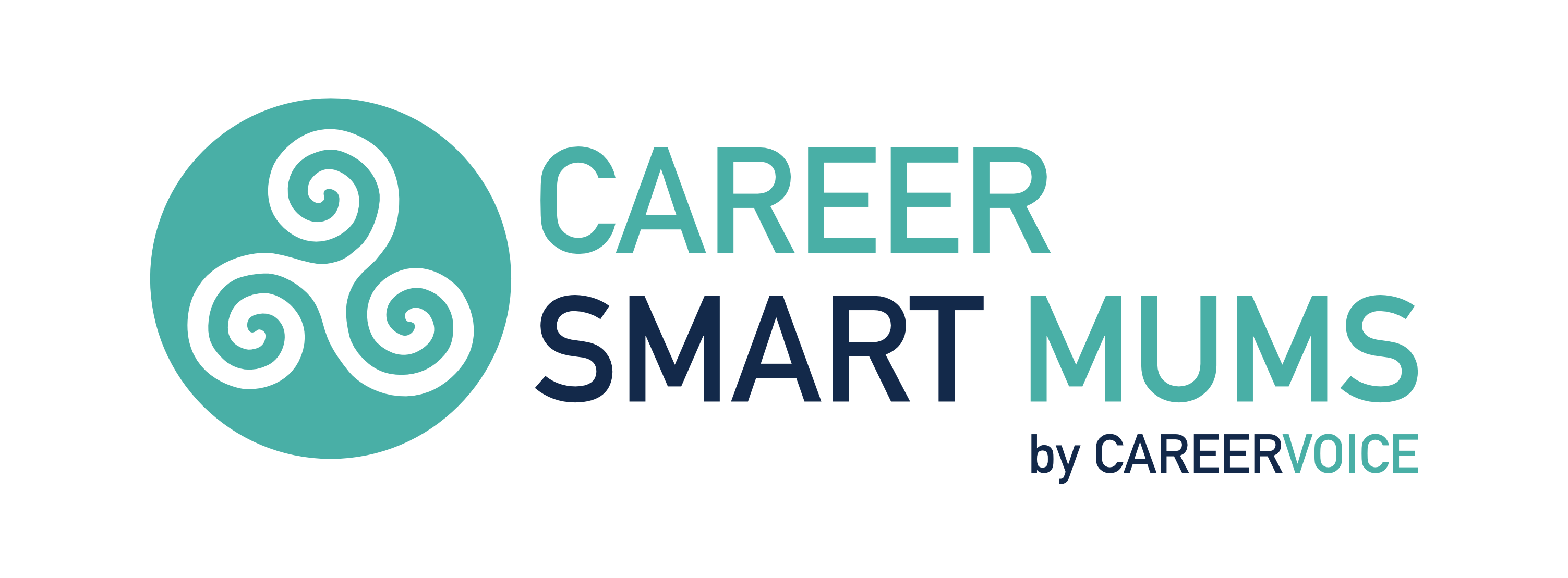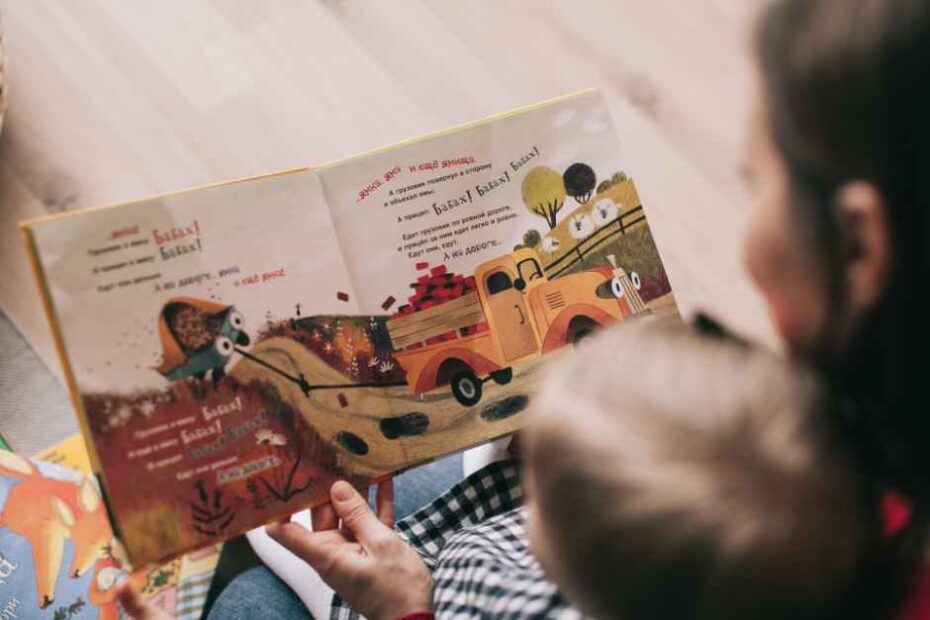Children are a delight, aren’t they?
Many of my clients comment that since having their own families, they’ve found spending time with kids really rewarding. The unexpected pleasures of looking after children full time is what drew them to give up their day job, and relish the time at home with their little ones. (Even though it’s a lot of hard work as well!)
But from little things, big things grow. Whether the kids are off to kindy or school, or you just need something more, for mums with a new-found passion for working with children, a career in the teaching or childcare sector can offer some real benefits.
Local mum of two, Michelle, cites the main benefit of being a primary teacher as the flexible hours that can fit with her own family’s schedule. She has also been able to find a job-share position, meaning she works two days a week as a Prep teacher. “It’s great being able to pick up my own children from school at a reasonable hour, and also not having to work over the school holidays,” Michelle says. That’s not to say that Michelle’s work day is limited to school hours. Most teaching jobs require after hours marking and preparation for lessons, which Michelle does from home. Often teachers also have weekend or evening commitments for parent interviews, sports coaching and school functions. But the work is interesting and, whilst it can be challenging at times, the rewards are great. Michelle also is in a unique position to help her own children learn and grow as they go through their school years.
And the employment outlook is good.
The Australian Government1 predicts that Education and Training will be one of the top five job growth sectors, adding a predicted 116,000 jobs to the Australian workforce by 2022. With 40% of all jobs part-time, if you’re after flexible work conditions, it’s likely you’ll be able to find a job that suits your needs. The greatest demand is predicted for primary and secondary teachers, and educational aides.
Along with teachers, its predicted that an additional 25, 800 child carers will be needed over the next five years across Australia.
So, what does it take to be a teacher or child care worker, and how can you get started?
Qualification requirements for child care workers are increasing. To be a child care worker, a minimum of Cert III or Diploma course is required to meet government regulations. There may be additional requirements for example a Blue Card. (Can you please find out if this is the case Maddie, my understanding has been that it is preferred but that someone could start without it and obtain it while working in the job – please use the internet and maybe even phone a centre or two).
Although you can do unofficial babysitting or child minding work without qualifications, the Australian government is tightening up on qualification levels for child care workers. The minimum national qualification requirement for centre based child care for birth to preschool aged children is a Certificate III level qualification. The qualification requirements for centre-based child care for children over preschool age differ from state to state but a Certificate III qualification is the more usual expectation. For family day care services, the minimal qualification level is also Certificate III for children of any age. (https://www.upskilled.edu.au/skillstalk/archive/how-to-be-a-child-care-worker-study-child-care-education-online.aspx)
Likewise, if you’re contemplating teaching at a primary or secondary school level, you will need to undertake a university degree. Teachers need to be registered with their state board of education, and ongoing professional development and training is mandated.
If you would prefer not to embark on a lengthy study period to transition to a career in the sector, you could consider becoming an education aide. This job entails providing non-education assistance to teachers in schools and kindergartens. A Certificate III in Education Support will open up opportunities as an education aide. You might consider volunteering while you are study to increase your prospects of getting a job at the end of your course. Starting out as an education aide could also lead to opportunities for study and entry to the teaching profession later on as your family grows.
As a first step, you could speak to your own child’s teacher or other teachers you may know. Find out more about what’s involved, how it works for them and their family, and about different pathways into the profession. You could also volunteer at your local school, to see if the work environment is appealing.
If you love being a mum, perhaps working with children could be the best career path for you!
Reference
1: https://docs.jobs.gov.au/system/files/doc/other/australianjobs2018snapshot_1.pdf

